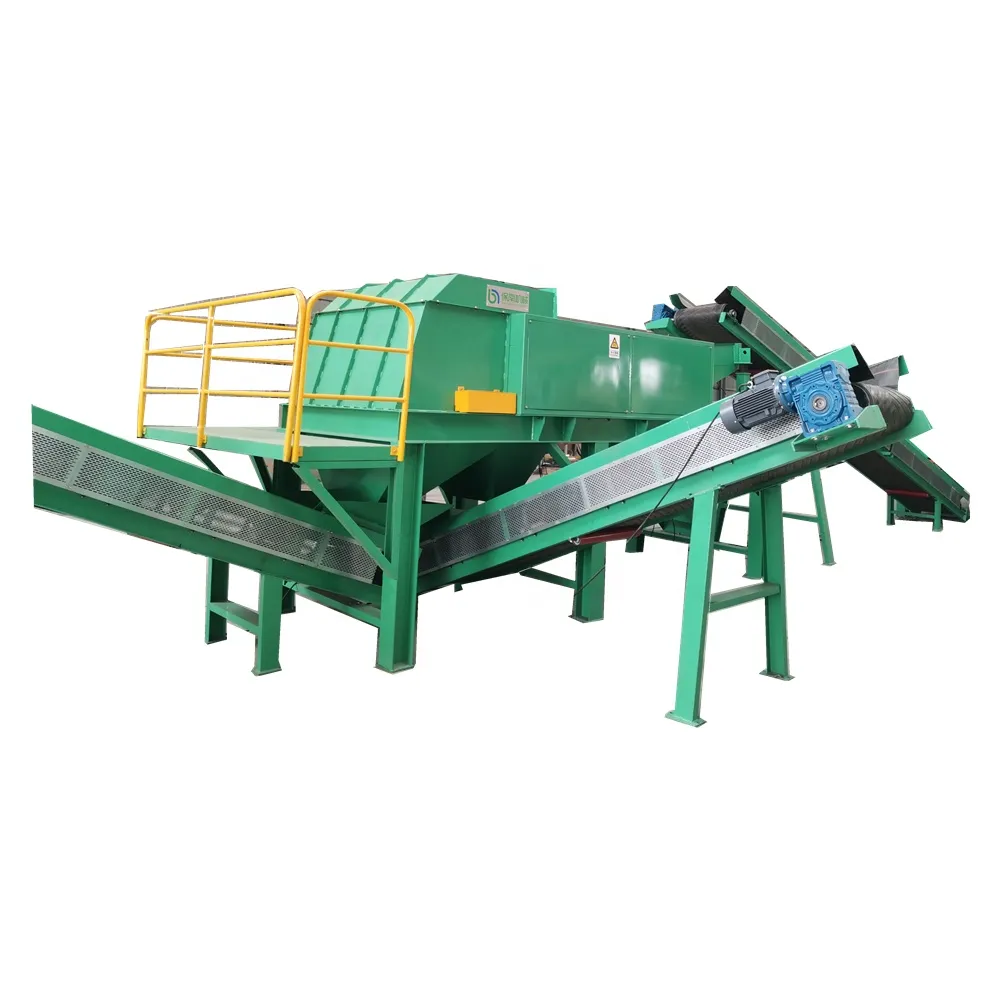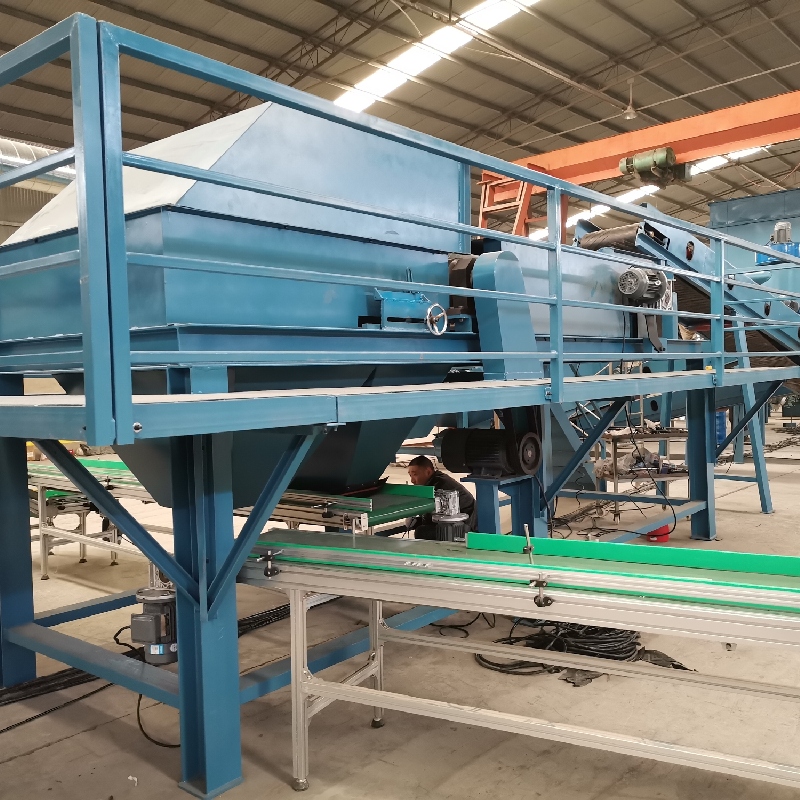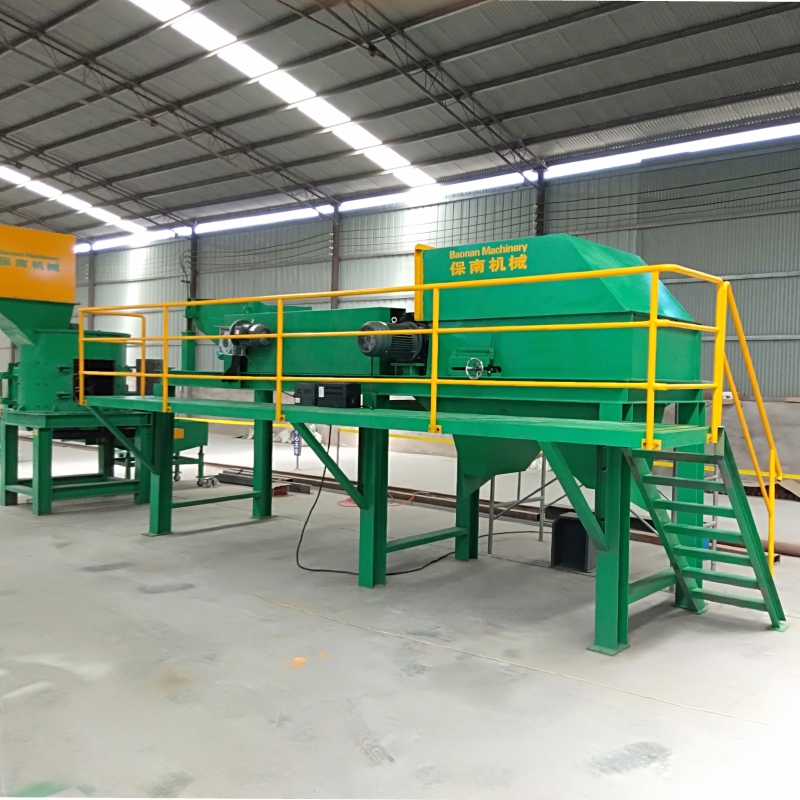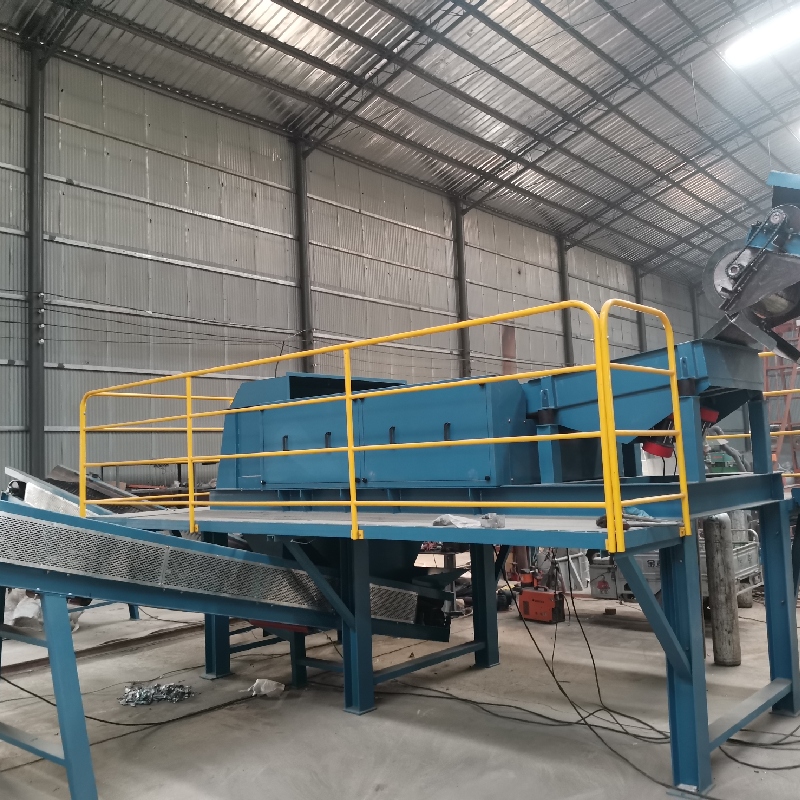
Oct . 06, 2025 10:35 Back to list
If you spend time in MRFs or metal recovery lines, you know the feeling: that tiny thrill when a clean stream of aluminum arcs off the belt. I’ve seen it in plants from Tianjin to Toledo—simple physics making circularity real. The eddy current separator keeps getting better, to be honest. Smarter rotors, safer enclosures, saner power draws. And yes, fewer jam-ups.

Recyclers are chasing higher non‑ferrous yields from tougher mixes—WEEE fines, shredder residue, aluminum dross, even PCB ash. The eddy current separator has become the default last-touch machine for these streams. Trend-wise: narrower pole pitches, variable-frequency drives, and better dust control. Surprisingly, the quiet stories are about uptime—operators tell me belt tracking and bearing life have improved across the board.

A high-speed magnetic rotor spins inside a non‑metallic shell. Conductive particles in the moving burden develop eddy currents and are repelled, while non‑conductive material follows the normal trajectory. With the right splitter geometry and belt speed, copper, aluminum, brass, and zinc leap just far enough to separate. Sounds simple; dialing in the physics is the art.
| Spec | Typical Value | Notes |
|---|---|---|
| Belt width | 650–1500 mm | Custom widths available |
| Rotor speed | 2000–3500 rpm | VFD control; optimized per particle size |
| Pole count | 16–36 poles | Higher poles for fines (≈2–20 mm) |
| Throughput | 1–15 t/h | Depends on PSD, loading, and purity targets |
| Service life | Belt 8k–12k h; bearings 20k+ h | Real‑world use may vary with dust and heat |
| Origin | Dafu Village, Qingyuan Town, Baoding, Hebei | Manufactured hub with service network |

1) Feed prep: shred to target PSD; remove oversize.
2) Ferrous removal: overband magnet or drum first (always).
3) Density/air: optional zig-zag for light fractions.
4) eddy current separator: tune belt speed, rotor rpm, splitter angle.
5) QC: manual audit or automated sensor; adjust. Testing against EN/ISRI grades is common.
Testing standards I see used: electrical safety per EN 60204‑1, EMC per IEC 61000‑6‑4, rotor balance ISO 21940, and CE Machinery Directive compliance. Many plants also align with WEEE and RoHS export requirements. Noise levels around 75–82 dB(A) at 1 m are typical, verified during FAT/SAT.
Operators say the eddy current separator shines on 5–30 mm fractions; for sub‑2 mm, expect tighter tuning and maybe a second pass.

| Vendor | Rotor build | Certs | Lead time | Customization | Price ≈ |
|---|---|---|---|---|---|
| OW Recycling | Thin-shell high‑pole, VFD | CE, ISO 9001 | 6–10 weeks | Belt width, pole count, chutes | Mid |
| Vendor A | Standard pole, fixed rpm | CE | 4–8 weeks | Limited | Low |
| Vendor B | Premium rotor, smart HMI | CE, UL, ISO | 10–16 weeks | Extensive | High |
Electronics recycler, EU: On a 0–20 mm WEEE fines line, tuning rotor to ≈3200 rpm and belt to 1.6 m/s delivered 92–95% Al recovery with 2–4% Cu carryover. Energy draw held around 7.8 kW, measured over a week.
Foundry dross, Asia: After pre‑screening to 3–30 mm and a drum magnet, the eddy current separator boosted non‑ferrous yield by 14% and cut manual picking time in half. Belt service life reported at ~10,500 h.

Final thought: don’t skip the trials. A half-day test with your material often beats weeks of debating specs.
Look for CE (Machinery), EN 60204‑1 electrical, IEC 61000 EMC, ISO 9001 quality management, and alignment with WEEE/RoHS for downstream markets. Balance certificates per ISO 21940 are a green flag.
Latest news
Trusted Double Shaft Shredder Supplier | Durable Industrial & Recycling Solutions
NewsNov.24,2025
Double Shaft Shredder Price Explained: Global Trends, Benefits & Vendor Comparisons
NewsNov.24,2025
Expert Insights into Double Shaft Shredder Factory: Boosting Global Recycling Efficiency
NewsNov.23,2025
Leading Double Shaft Shredder Suppliers for Industrial Recycling and Waste Management
NewsNov.23,2025
Leading Double Shaft Shredder Manufacturers | Durable & Sustainable Industrial Shredders
NewsNov.23,2025
Understanding Double Shaft Shredder Machine Price: Buyers’ Guide & Global Insights
NewsNov.22,2025